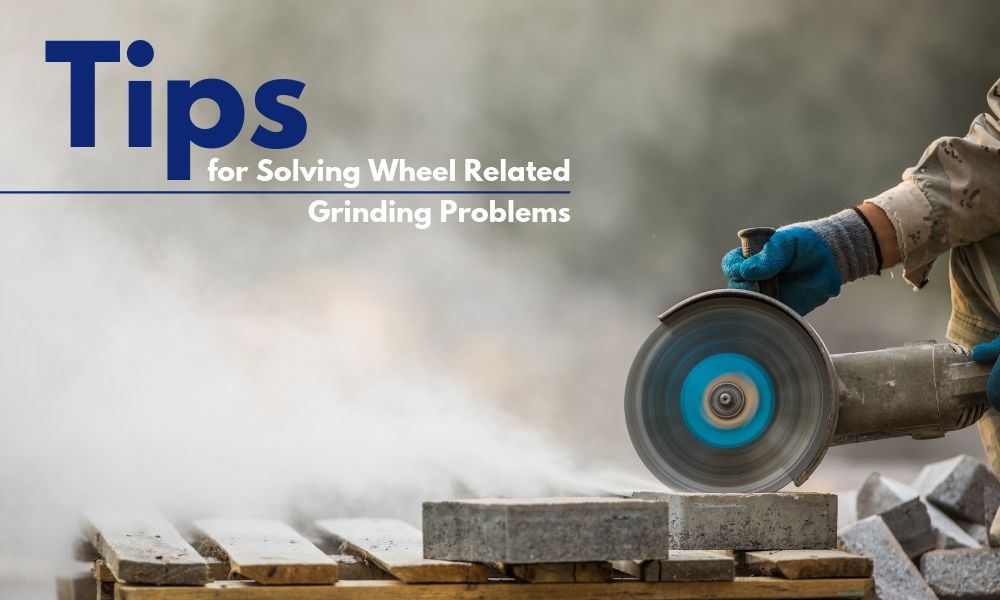Tips for Solving Wheel Related Grinding Problems
24th Oct 2023
At any point in time, wheel-related grinding problems can arise in your shop. The goal is to mitigate those issues in order to keep production moving along. These wheel grinding problems can manifest in a couple of ways—either through the appearance of the workpiece or from productivity complications.
Appearance Problems
Typically, industrial diamonds make up a wheel grinder’s surface. According to USGS, this is “Diamond that does not meet gem-quality standards for color, clarity, size, or shape.” As such, they become abrasive. However, since diamond is the hardest naturally occurring substance on Earth, if not used properly, it may damage workpieces.
Thermal Damage
Thermal damage, or grinding burns, on a workpiece can appear as minor discolorations and small cracks and are generally cosmetic in nature. Some burns can be severe and, in turn, will restrict grinding performance and end up fracturing the workpiece. This is why it’s important to control and regulate the temperature during this process. To do so, manufacturers use coolant. This cooling fluid lowers the temperature while simultaneously lubricating the grinding wheel; burning is more likely to occur with dry grinding as opposed to if the grinding wheel is wet. Adjust the coolant nozzles velocity so that it matches the wheel velocity.
Chatter
Chatter typically appears when inspecting the parts. The distinct visual (and often audible) pattern of damage caused by chatter occurs via vibration in a machine. If machine vibration is the source of the problem, there are a few precautions you can take. Try increasing or lowering the speed, check to see if it’s slipping on the mount, and if that doesn’t solve the issue, then true the wheel. Truing ensures that the grinding wheel is smooth, which can prevent chatter marks.
Poor Finish
A poor finish on the workpiece is a glaring problem. The more material that each individual grinding point takes away, the rougher the surface will be. As such, the workpiece’s finish will suffer. If the coolant is not removing the chips from the workpiece while grinding wet, it could be that the manufacturer overdressed the wheel or has grinding points that are higher than others. In these instances, choose a finer grit size and/or slow the speed of the workpiece and wheel.
Productivity Problems
Every issue that occurs on the shop floor, be it material shortages or machine issues, is a productivity problem. If operators are spending time truing the machine, adjusting coolant, or changing the grit size on the wheel, that is time not spent making parts. Proper maintenance and adjustment of the machines are necessary to keep operations running smoothly. That’s why it’s best to troubleshoot potential problems during set up.
If you’re aware that little things such as a loose grinding wheel mandrel or inaccurate coolant levels may cause disruption, you’ll be able to quickly fix these issues. With our guide, you can now determine what sort of problem you’re dealing with, whether it be appearance- or productivity-based, and take the proper steps to solve it.


